World Suicide Prevention Day, observed on September 10th, is a day dedicated to raising awareness about suicide prevention. It’s a reminder that mental health is just as crucial as physical health and that open conversations can be lifesaving. In a world where social media is often blamed for contributing to mental health issues, it’s important to recognize its potential as a powerful tool for suicide prevention. Equally vital is knowing how to recognize when someone is in crisis and understanding how to offer support.
The Importance of Open Conversations
Talking about mental health has long been stigmatized, but breaking that silence is one of the most effective ways to prevent suicide. Open conversations about mental health can reduce the stigma, making it easier for people to seek help. When someone feels that they can talk about their feelings without judgment, they’re more likely to reach out before a crisis occurs.
It’s essential to create environments—whether at home, work, or school—where people feel safe to express their emotions. You don’t need to be a mental health professional to make a difference. Sometimes, just listening without offering solutions can provide the comfort and understanding someone needs.
Parents, teachers, friends, and coworkers can all play a role in normalizing mental health conversations. By simply asking, “How are you really doing?” or “Do you want to talk about it?” you’re opening a door for someone to share their struggles. These conversations can be lifesaving because they provide an opportunity for early intervention.
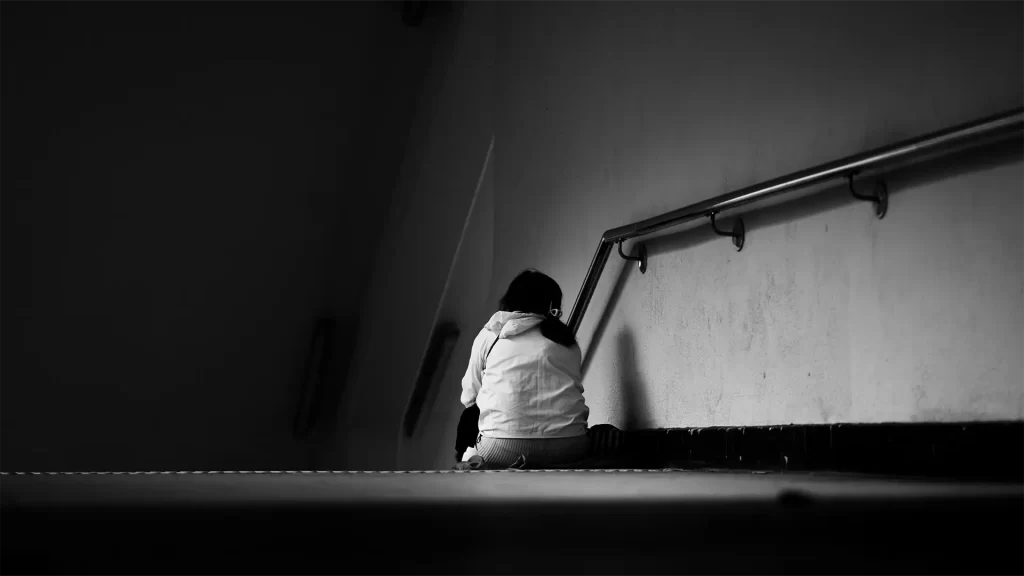
Social Media as a Tool for Suicide Prevention
Social media often gets a bad rap for its negative impact on mental health. However, it can also be a powerful tool for suicide prevention when used responsibly. Platforms like Instagram, Twitter, and Facebook are increasingly being used to spread awareness, offer support, and connect individuals to mental health resources.
Hashtags like #WorldSuicidePreventionDay, #MentalHealthMatters, and #YouAreNotAlone have become rallying cries for online communities dedicated to supporting those struggling with mental health issues. These communities provide a sense of belonging and connection, especially for those who feel isolated.
Moreover, social media platforms are implementing features to help users in crisis. For example, if someone searches for content related to self-harm or suicide, many platforms will now provide information about crisis hotlines and mental health resources. These small interventions can make a significant difference, guiding individuals toward the help they need.
However, it’s essential to be mindful of the content we share and consume online. Sharing personal stories of struggle and recovery can inspire others, but it’s important to do so in a way that doesn’t glorify or romanticize suicide. Instead, focus on messages of hope, resilience, and the importance of seeking help.
Recognizing and Helping Someone in Crisis
Recognizing the signs that someone may be in crisis is the first step in helping them. Warning signs can include sudden changes in behavior, withdrawal from social activities, expressions of hopelessness, or talking about wanting to die. If you notice these signs in someone, it’s crucial to take them seriously.
Start by checking in with the person. You might say something like, “I’ve noticed you seem down lately. Is everything okay?” or “I’m here if you want to talk.” It’s important to approach the conversation with empathy and without judgment.
If the person is willing to talk, listen actively and offer your support. Encourage them to seek professional help, whether that’s talking to a counselor, calling a suicide prevention hotline, or going to the emergency room if the situation is dire.
In some cases, the person may not want to talk, but that doesn’t mean you should walk away. Continue to offer your support, and if you believe they are in immediate danger, don’t hesitate to seek help on their behalf. This could mean contacting a mental health professional, a trusted family member, or even the authorities.
Conclusion
World Suicide Prevention Day is more than just a date on the calendar—it’s a call to action. By fostering open conversations about mental health, using social media as a tool for good, and learning how to recognize and respond to a crisis, we can all play a part in preventing suicide. Remember, you don’t have to be an expert to make a difference. Sometimes, just being there for someone can be enough to save a life.


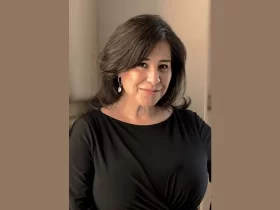
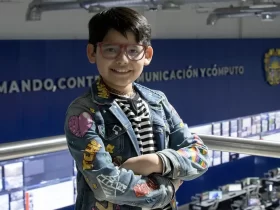

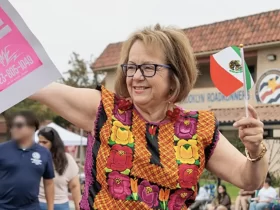
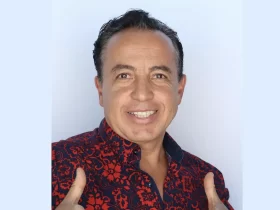
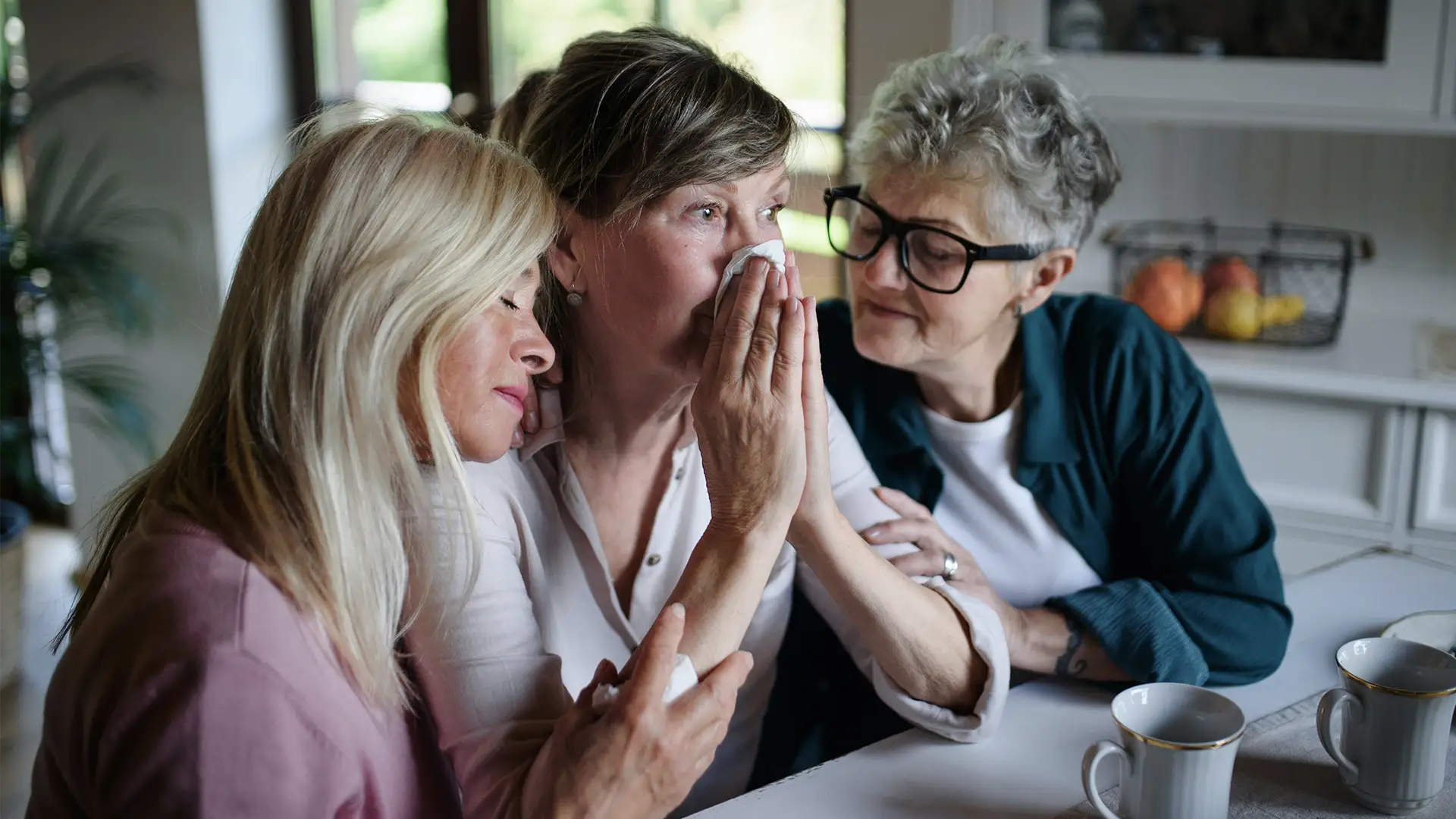














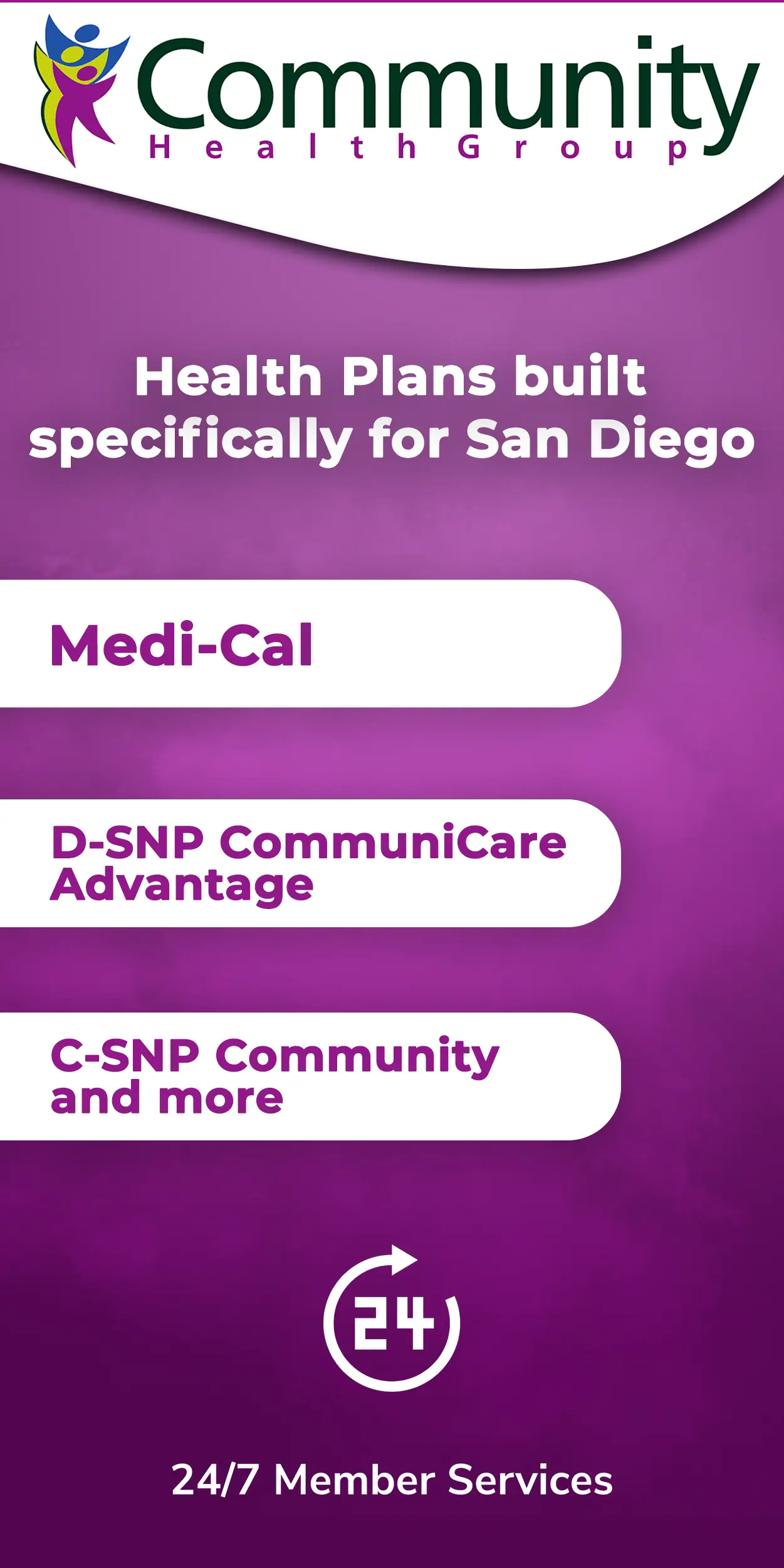





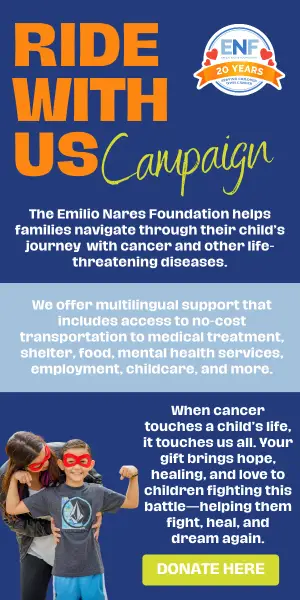
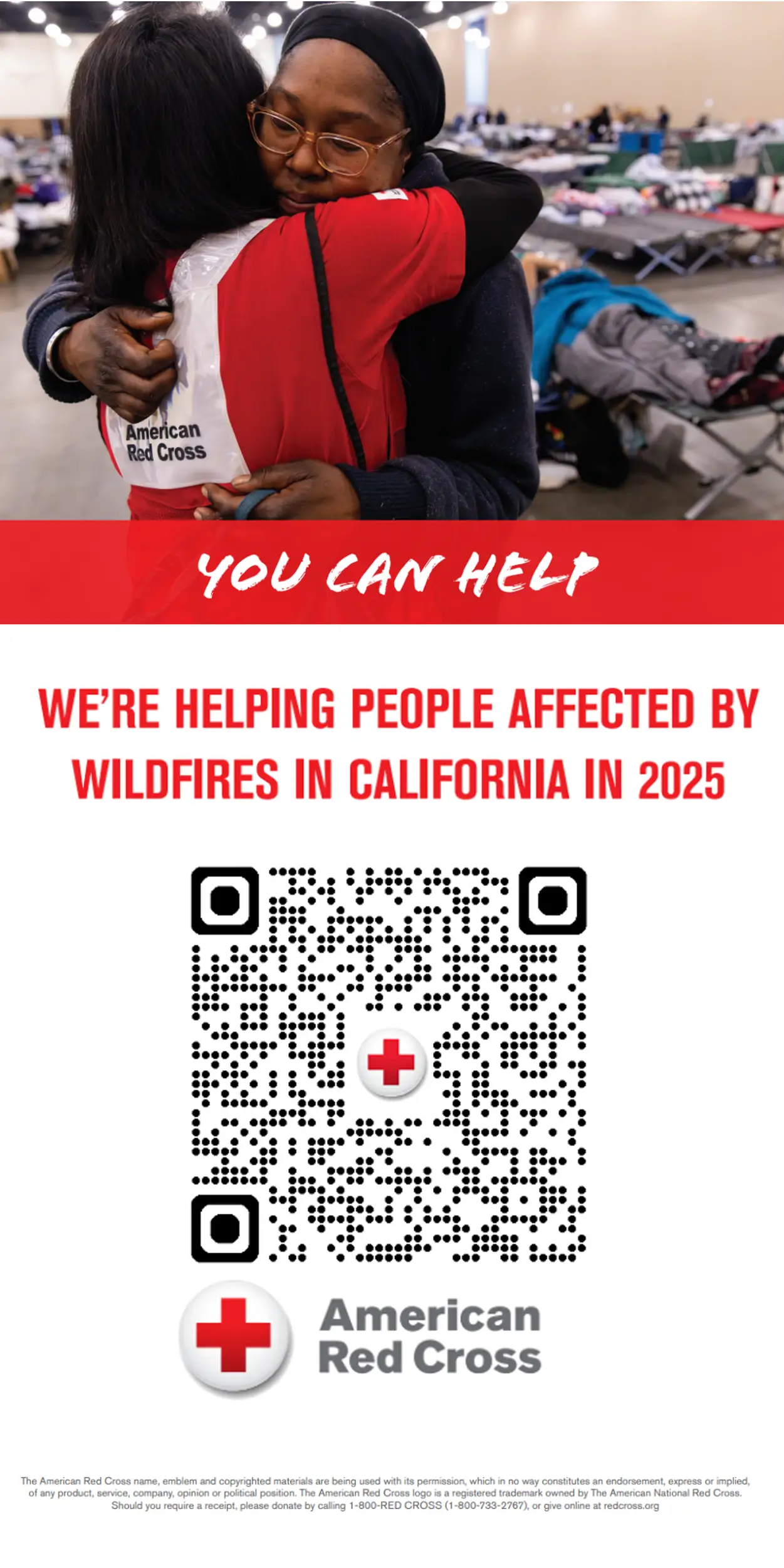

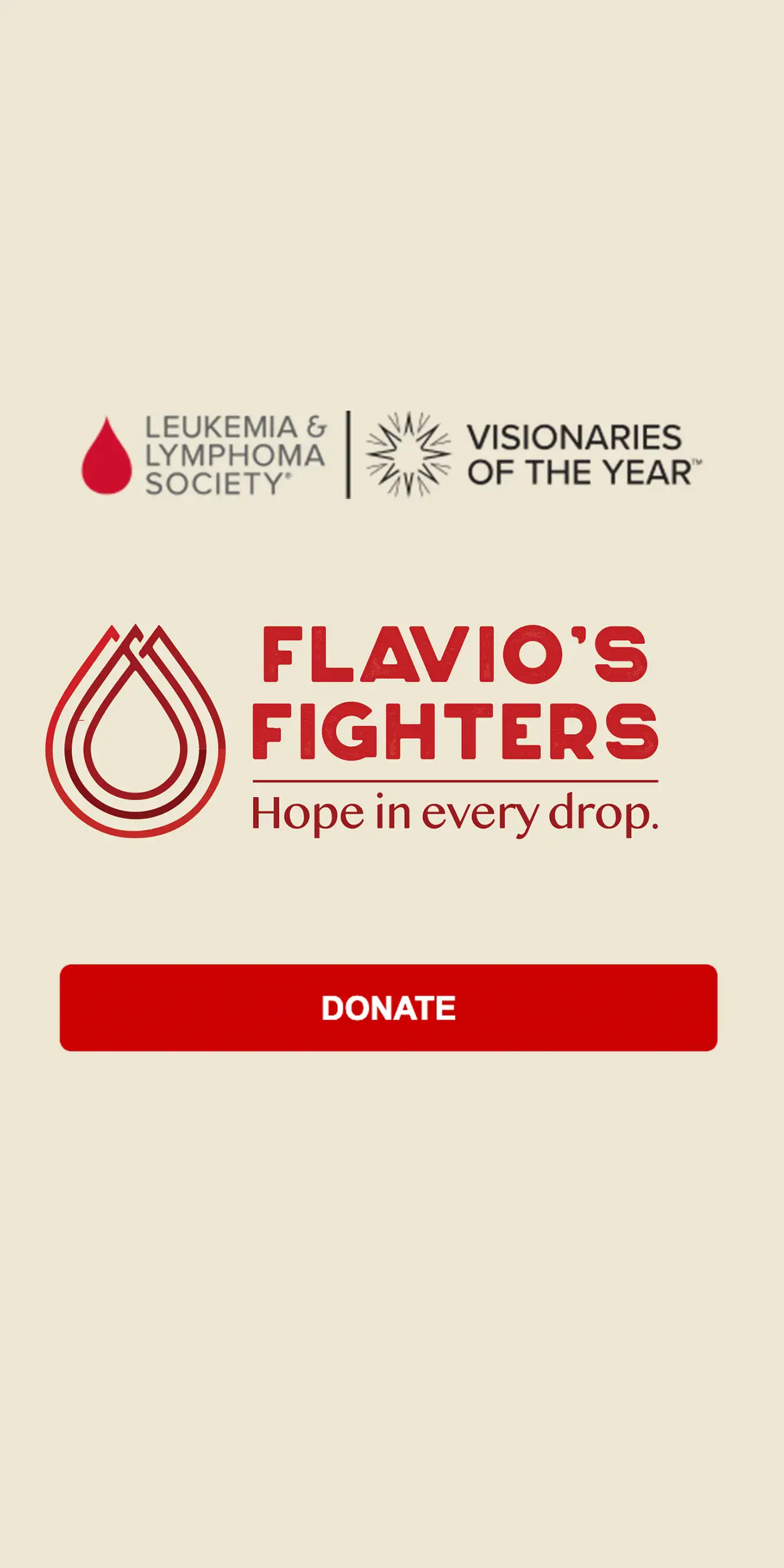


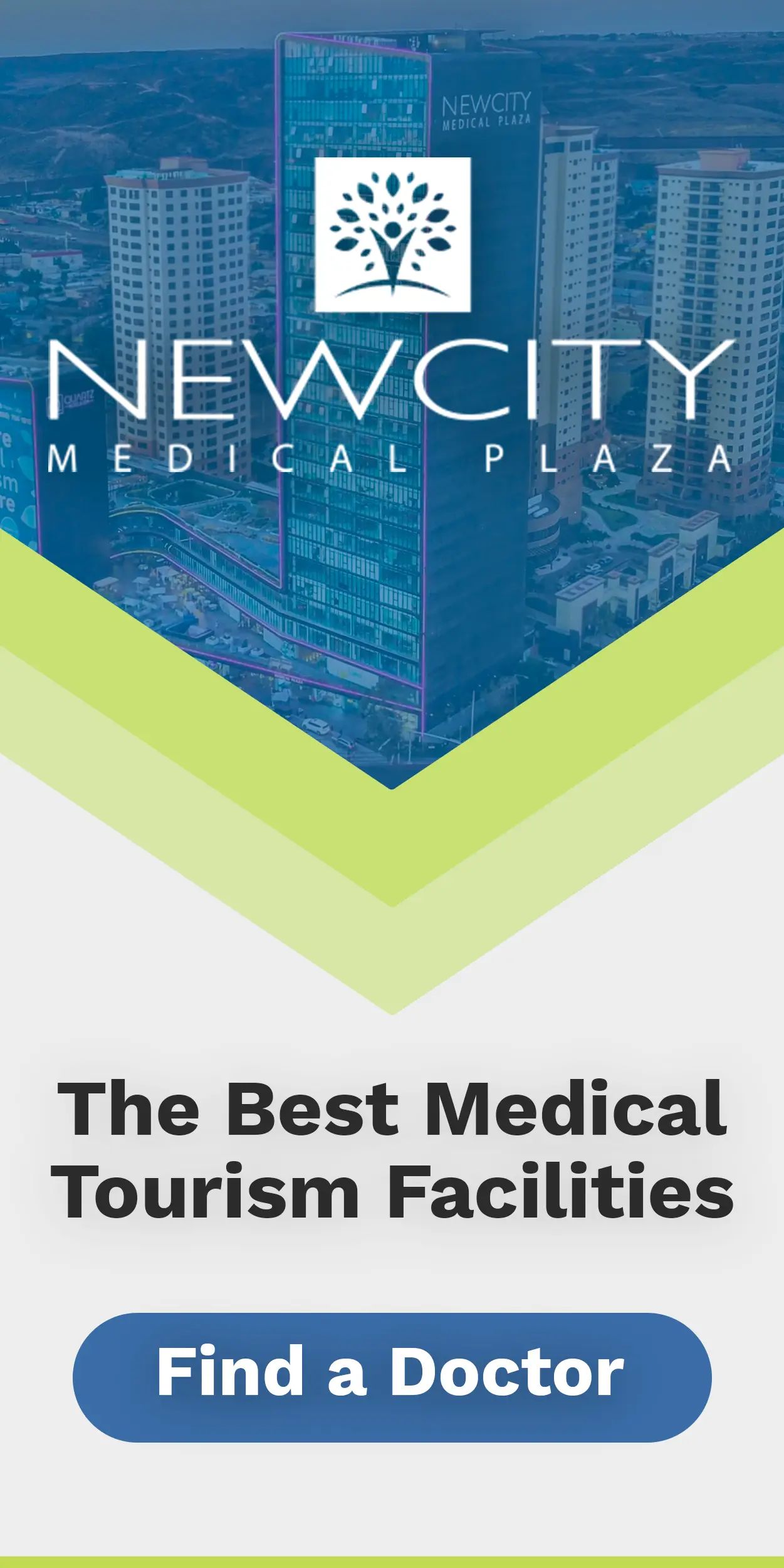


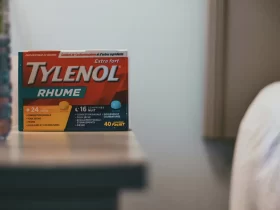

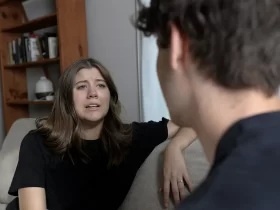
Leave a Reply